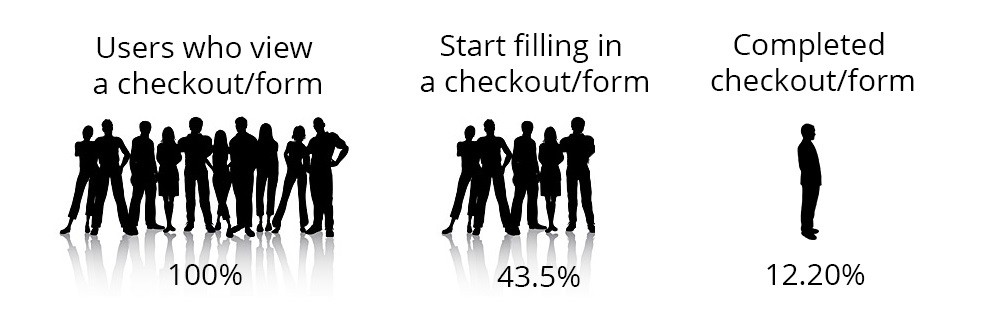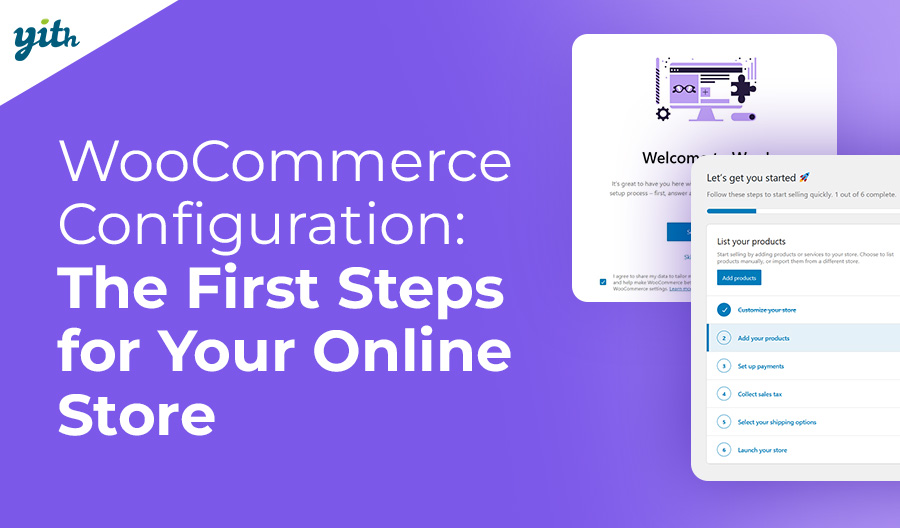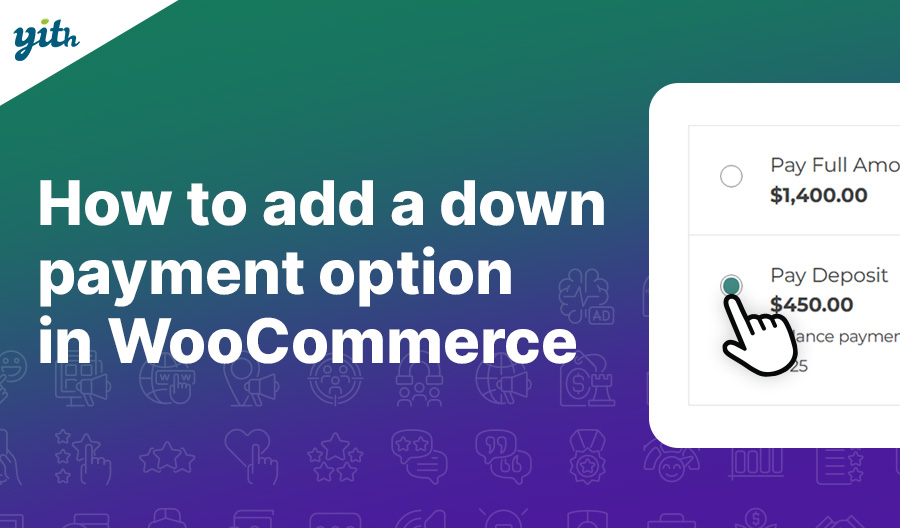Have you ever wondered which is the most important moment during the purchase process?
According to the statistics based on the most searched words on Google it would seem like it’s the first step: bringing customers to your store.
If this is a key aspect, since no business can exist without customers, focusing exclusively on the first step may distract us from the following steps and render all of our work futile.
It’s pointless to invest time and money, bring thousands of people to our website if only a few of these will effectively purchase something.
In these cases, we need to make every single aspect of our store efficent, in order to make customers curious and encourage them to make purchases, and this is when problems start to arise.
Many of those who seek a solution for their low sales ofen underestimate the last step of purchases: the checkout process.
Think about it: while it’s natural to consider that once customers have added their product to the cart, then they are going to purchase it and that’s it, right? Truth is that almost 90% of the people who begin going through a checkout process are not going to bring it to a conclusion… That is a staggering amount!
I’ve written articles about this before, focusing on how it’s possible to improve the various aspects of the checkout process in order to sensibly lower this rate, however today I would like to focus specifically on digital products sales.
One of the things I use to say in my articles is that a tool is only as effective as the hand that wields it. Which has proven effective countless times.
Specifically, a tool needs to be used in different ways according to different situations: and one of the most common mistakes is to consider a real life item purchase process to be similar to a digital product purchase process.
Data and cart abandonment rate at hand prove us wrong: a tool that’s designed for a specific purpose is a hundred times more effective than a generic one.
Let’s take two pretty common case and compare them:
- Jack has an online clothing store. He manages to work both for end users and sellers and sells clothes for any age or gender.
- Marcus has an online store for digital products: fiction and nonfiction e-books.
Both stores have a huge customer pool (since everybody needs clothes and thankfully people still read books) but the way in which both stores need to handle customers, especially in the final steps of their sales, is completely different.
Let’s consider Jack’s store: clearly when Jack sells a pair of trousers, there’s a certain amount of information he needs to know before sending the product to his customer: such as name, family name, shipping address, city, postcode, state, etc…
And despite the average customer is particularly wary about entering personal data in a website, they comply since they are aware that that’s a required step in order to receive what they bought, customers don’t ask question as for why they are being asked for a billing address or the size of the trousers they are buying, they are clearly required information.
Now let’s think about the customers that are going to purchase e-books from Marcus’ store.
The first substantial difference between the two checkout processes is THE WAIT.
We often forget about the huge differences between real life purchases and online ones, just consider the time in between the payment and the moment in which you actually receive the product.
In a real life store your product is available right away, you often hold it in your hand even before payment, while online sales require the customer to wait through the whole shipping process, and while they accept this wait, they can’t avoid being concerned about it until it’s delivered. Think about how many customers constantly check the tracking code for their products!
With digital products we don’t need to accept or worry about anything, people will pay and receive what they paid for right away.
It’s clear now that we are dealing with two different kind of customers: Jack’s customers have accepted to wait days in order to receive the product they paid for, while Marcus’ customers require a quicker service and in case the checkout process was to take an extra minute or so, that would have a much worse impact on them rather then the first kind of customers.
The second difference lies in INFORMATION, As I’ve said before, if I know an item needs to be shipped I’m not surprised to enter personal information about who I am and where I live, but what if I need to buy an e-book? Wouldn’t that be natural to wonder “Why the hell would I need to tell you where I live?”
I often see online stores for digital products leaving their checkout process in the default WooCommerce settings, which implies asking customers they address, state, zip code etc.
The checkout system will work as intended, but it surely is an imperfect tool and as such it might affect our transactions.
Aiming for immediacy is essential not only for digital products but also for any other item that’s meant to be sold. The attention span and inclination towards purchases customers have are limited, so if we manage to quicken the purchase process, sales will increase right away.
This is why you need to ask for selected specific information according to the kind of item you intend to sell.
Some may object that certain information, however useless they might seem from a customer’s perspective, are required for tax purposes or in order to process bills, in which case, rather then avoid asking for them, why not just postpone them? Purchases need to be immediate; email, password and then payment, that’s it.
You need more information? Well, you can ask them during the download, making it available only for those who completed their profile, doing this will prevent you from losing customers and you can ask for all the information you require, maybe even explaining why you need to do so.
And for those using WooCommerce but don’t have the chance to customize their checkout process since they don’t have the required skills and would rather ask a developer, I recommend the WooCommerce Quick Checkout for Digital Goods plugin which allows you to edit the checkout fields and postpone those that are not immediately required.
If your average customer leaves the checkout 40 seconds into it, then all you need to do is make it last 39 seconds.




